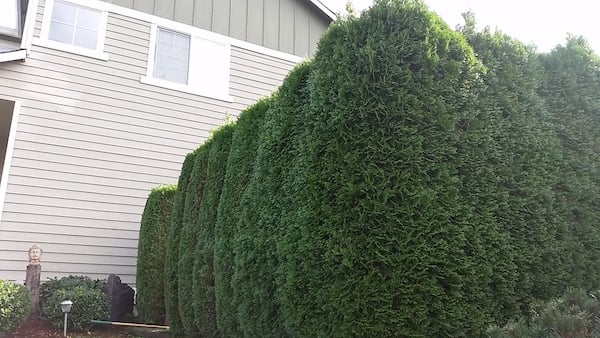
A privacy hedge provides all the benefits of a fence while keeping your yard looking natural and beautiful. But when it comes to installing a row of plants along your property line, the biggest decision you’ll have to make is what kind of vegetation you want. Therefore, you’ll first want to decide its function. These natural fences offer solutions to many different problems, and can actually be more functional that most traditional fences. Here are some examples of their practical uses:
- Wind break: If you live in a breezy area, a privacy hedge can help block the wind from entering your yard. But this is also when location counts the most. Figure the direction where the wind typically blows and predict any possible obstructions that may occur over time, such as snow build-up that could block sidewalks or driveways.
- Security: Since you can usually see between the individual shrubs or through the branches of the trees, one may think a natural fence is useless when it comes to safety issues. However, if you buy plants with complex branching systems, thorns, or prickly leaves, Mother Nature can sometimes offer more protection than traditional fences.
- Decoration: Unlike other fences, a privacy hedge is a part of the landscape itself. So, since they’re meant to be seen, the type of plant you choose is most important. Do you want trees or shrubs? Do you want them to be fast growers? Do you want them to bloom? Do you want them full all year or do want them to leaf in the winter? Do you want them in a uniform row or separate from one another? Do you want them cut into fancy shapes or patterns? These are all vital questions to ask before purchasing, but remember, there are no set rules. You can do a mixture of trees and shrubs, small and large plants, or any combination above. Just make sure it looks good to you and trust your instincts.
Be a Good Neighbor
A good rule of thumb when it comes to property lines is to always talk to your neighbors beforehand, especially if there is a homeowners association in your neighborhood. A simple preliminary conversation can prevent a lot of future hassles. Plus, it’ll help determine who is responsible for the trimming on the other side (since it is your plants, it may be best to offer full responsibility). However, if you unite your forces, you may even be able to create a joint plan for both your yard’s landscape (plus, it’ll help cut down on price, installation, and the water bill).
Ready to start your privacy hedge?
Find ProsPlanting, Sizing, and Spacing
Location and spacing is a big deal. First, consider size. Ask your professional landscaper how big your plants will get in the future. Second, width is just as important as height. Though you want to keep height in mind (especially when it comes to any overhead obstructions, such as power lines), you also want to know how far your privacy hedge will grow into a neighbor’s yard or a nearby roadway (2-4 feet is a good width to consider). Third, learn about the root systems of your plants so that they won’t disrupt any concrete areas, such as patios and sidewalks, or other adjacent plant life. When it comes to spacing your plants, four feet apart from center is a good rule of thumb, but bigger shrubs or trees may need additional space. It’s important that you don’t grow your row of plants too thick because it may impede sunlight or air. In other words, if you “overprotect” a yard with too much vegetation, you may end up strangling it in the process.
Cost: An Easy Estimate
First, when buying a series of plants, think about which stage of growth you should invest in. Larger, full-grown plants will always cost more, but they also provide an immediate solution. Plus, you won’t have to worry about predicting any future growth or maintaining them into adulthood. Next, measure how long you want your privacy hedge to be. Then, measure off the distance between the plants: if you are buying a medium sized shrub, and planting them four feet apart, then take the total distance and divide it by four. Now you have a rough idea of how many plants to buy. Next, multiply that by their initial price and you have a preliminary cost. However, keep in mind installation costs: Are you hiring a professional architect or landscaping crew to get the job done right? Or are you doing it yourself? If so, then you may still want to hire a few helping hands or buy some additional tools to make the chore go faster.
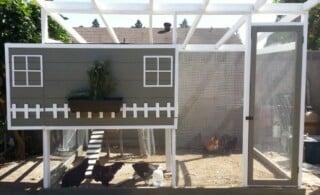 Raising Chickens at Home
Raising Chickens at Home 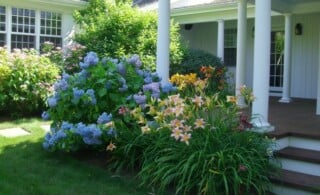 Spring Garden Flower Tips and Suggestions
Spring Garden Flower Tips and Suggestions 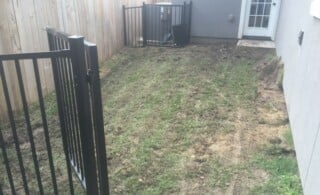 Plan Ahead for a Better Yard
Plan Ahead for a Better Yard 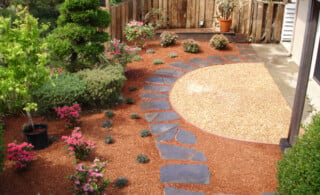 Dry Well Cleaning & Maintenance Tips
Dry Well Cleaning & Maintenance Tips 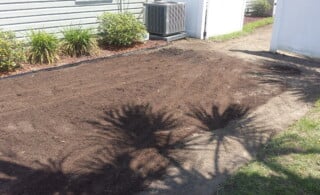 Soil Engineers & Testing
Soil Engineers & Testing 

This article mentions a width of 2-4 feet. Many shrubs that grow tall enough for privacy (6-10 feet) are more like 6-8 feet in diameter. If these are being planted on a property line, the center of the plant needs to be at least 4 feet away from the boundary so it will not encroach on the neighbor. Unless you are working with your neighbor on this screening and agree; however, remember that you and/or your neighbor might not always own the properties and a new neighbor might not appreciate your shrubs growing over their yard and having to mow grass around them.